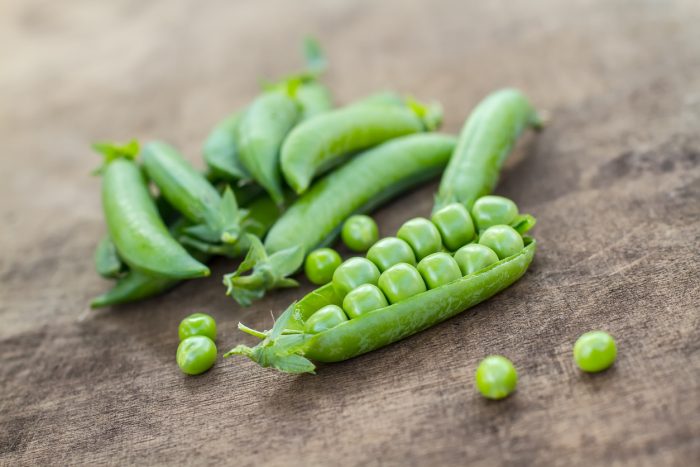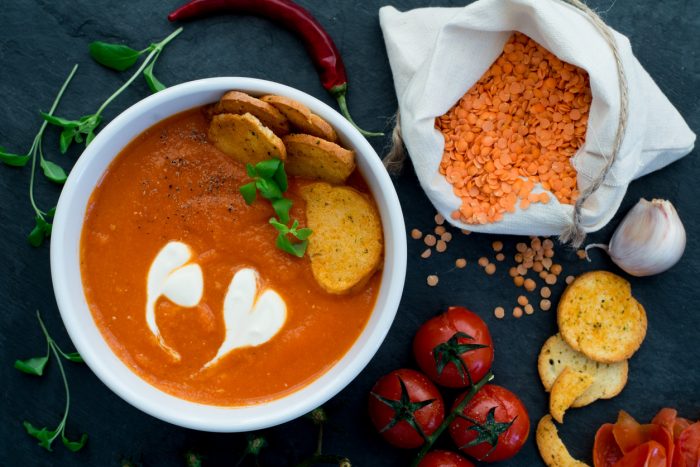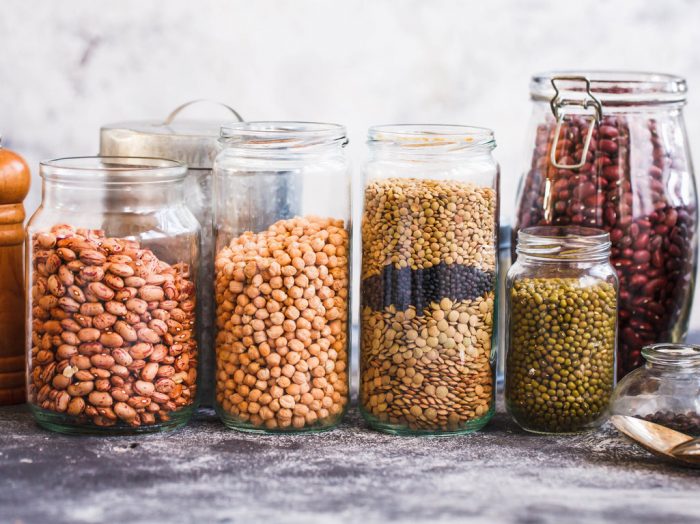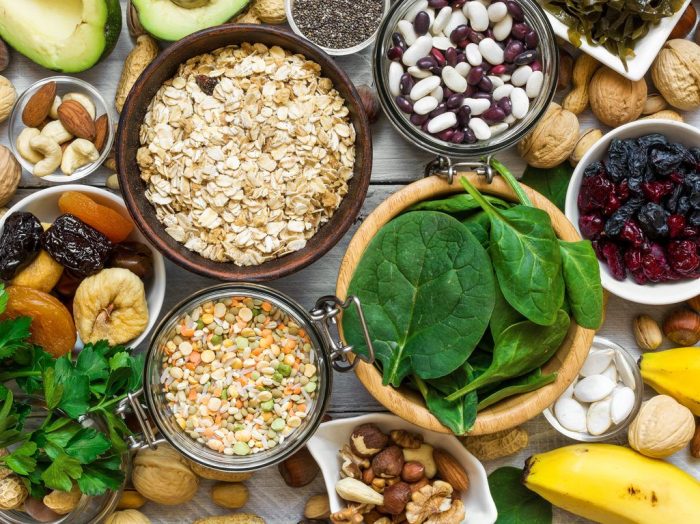How often do you eat pulses – dried beans and peas – at home? Maybe not that often. But they’re low fat, low sodium foods, they’re rich in iron, protein, and folate, and they can also serve as a meat alternative. Read on to find out more about pulses health benefits.
Might not seem like the most appetite-rising, craving-inducing food, but they’re tasty, healthy, and pretty cheap to integrate into your diet. They can also play a role in preventing chronic disease. Plenty of pulses have health benefits to go around – they might actually have a hand in solving world hunger.
We’re not the ones making that grand statement. It actually comes from international experts who gathered for a conference at The New York Academy of Sciences in New York.

Pulses Health Benefits: a high dose of protein and nutrients
Pulses, aka dried beans, lentils, and peas are a very good source of protein. They’re small, but they contain double the protein quantity found in wheat and three times the one found in rice. Unlike beef or milk, they do not contain residues of hormones or antibiotics used in animal production.
Pulses are also rich in complex carbohydrates, micronutrients, and B vitamin. They’re low in fat and rich in fiber. This all amounts to necessary help for your body to manage cholesterol, have a healthy digestion (thanks to the probiotics they contain) and good energy levels.
Low-calorie level
When it comes to energy, pulses are low in calories, about 260-360 calories for about 3.5 ounces/100 grams dried pulses. But thanks to the complex carbohydrates and fiber, they are slowly digested and help you feel full. They give you slow-burning energy, while the iron in them helps in transporting oxygen in your body which boosts the production of energy and your metabolism. The fiber binds toxins and cholesterol in the gut, so they can be eliminated from the body. This leads to a healthy heart and a lower blood cholesterol.
These pulses are also pretty loaded with nutrients like folate, iron, calcium, magnesium, zinc, and potassium. Be careful, though, with the timing of your pulse-based meals: they contain oligosaccharides, a carbohydrate that is difficult to digest, which can lead to a bit of flatulence.
Pulses are Blue Zones basic foods
Have you ever heard about Blue Zones? They’re the parts of the world with the most centenarians, which means that local cuisines really help with longevity and healthy living. Among the Blue Zones are parts of California, Italy, Greece, Japan, and Costa Rica, and all of these have classic dishes based on lentils. We’re talking about African black-eyed peas, Latin American black beans, French cassoulet and Asian lentil curries.

Preventing chronic disease
According to Dr. John Sievenpiper, associate professor in the department of nutritional sciences at the University of Toronto in Ontario, Canada, beans, and lentils are helpful for patients who suffer from diabetes, high cholesterol, and hypertension. In the long run, they prevent heart disease.
Dr. Sievenpiper conducted research which shows that adults felt as full after eating meals which consisted of beans as after eating a full serving of beef.
If you’re searching for pulses recipes, try our recommendations:
https://www.youtube.com/watch?v=0yaNMHcfszE






